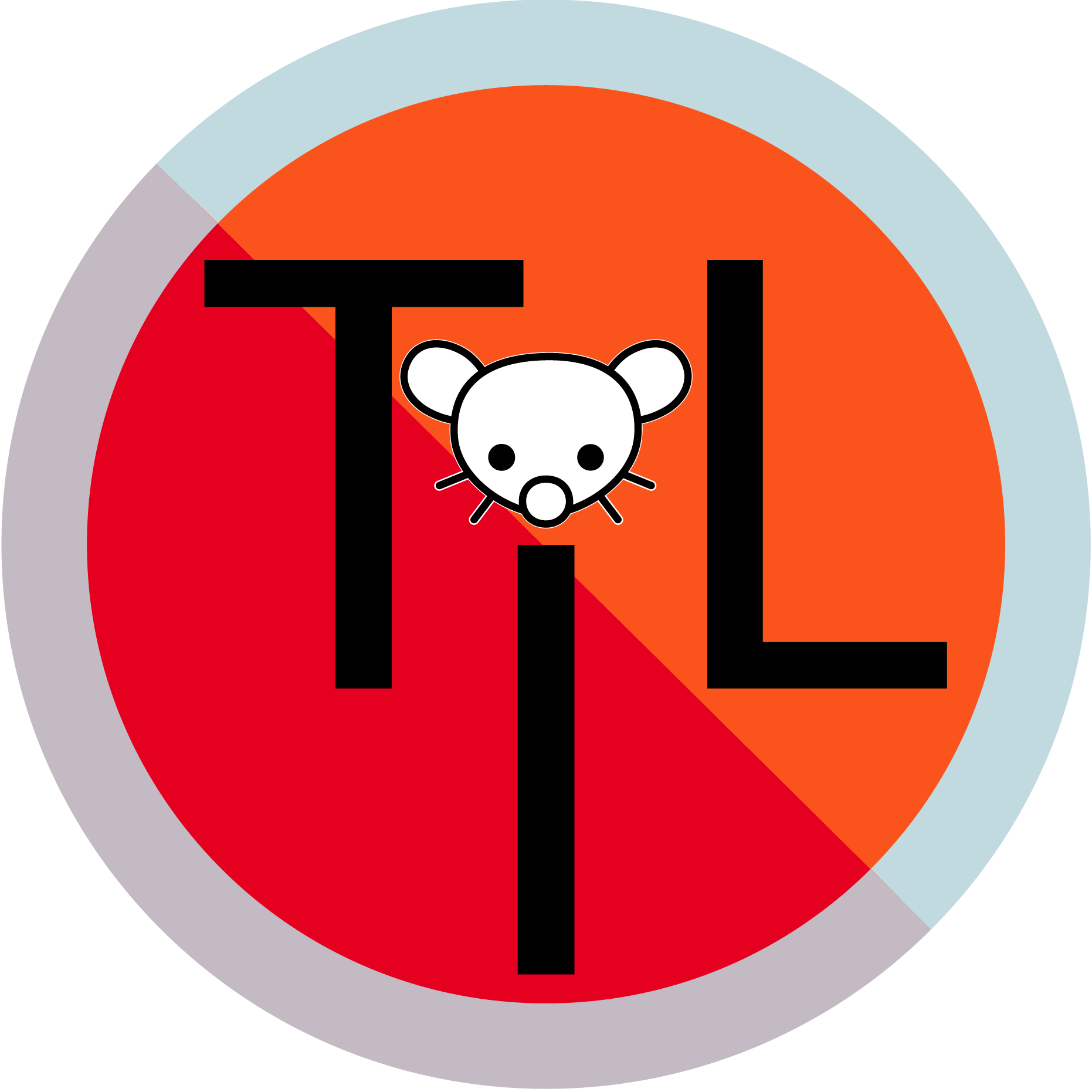For a few years I used dark mode because i thought it was better for your eyes; it isn’t.
When in dark mode, you’re looking at an overall darker screen, your pupils will dilate to let in more light, which makes everything just outside of focus very blurry, and gives the text a halo effect. A few minutes will be fine, but anything longer is going to make your eyes begin to strain.
When in light mode, your pupils contract to accommodate for the light, this is how our eyes are supposed to work, this is going to be less straining on your eyes. In low light environments, simply turn down the brightness and apply a night light filter.
If you’re going to use dark mode regardless, don’t use AMOLED unless it’s for saving battery. The contrast between bright white and pitch black is the worst combination. Consider using a soft grey, your eyes will thank you.
I’ve been using the internet a long time before dark mode was a thing. I’ve served my time by dealing with too much white, everywhere, that blinds me whenever it came up suddenly.
Focusing your eyes (and to a lesser extent, adjusting your iris to changing brightness) is like making a fist.
In a day’s reading, that’s happening about 30,000 times. Bit of a strain. What can we do to cut down that number or lessen the amount of muscle-force needed? Keep your irises closed down. Happens in photography all the time. Small iris-openings means a wider depth-of-field. Focused for 1m, with a small iris setting, objects at .5 and 1.5m might appear sharply focused. A really wide-open iris setting, and suddenly only objects at .9 to 1.1m are in focus.
Your eye sweeps the page/screen as you read a line. It’s unlikely that surface is perfectly curved so every letter is exactly the same distance from your eye, so a little focusing might be needed from the left, through the middle, to the right of the line. (That’s where they came up with the 30k estimate.)
So if we could pick an ideal, minimal iris opening to minimize that re-focusing during the scan, wouldn’t it be easier on our eyes?
And how do we get that minimal iris opening? With a brighter average scene. Light mode. Or perhaps “light-ish mode.” As many people have pointed out, extremes aren’t our friends. But we need contrast to read, we just don’t need it to be at 11 all the time.
YMMV. @HousePanther, you might need glasses. Strain=bad, but cyclical strain vs steady-state strain might be worse. You do you, I’m sticking with white or light backgrounds.
For some, maybe. I’m just generally photosensitive, so dark mode = less light = less problem.
If you’re photosensitive, that’s more reason not to be using dark mode. I challenge you to switch to light mode on a low brightness and nightlight for a week and get back to me on how it feels.
I went from reading for an hour before my eyes got sore, to being able to read for about four. It’s a lifechanger.
No thanks, I get enough migraine potential from just when I’m forced to use apps that don’t have a dark mode.
I’m not using dark everywhere I can because it’s cool or because I read some random paper, but because it’s legitimately the only way I can use technology.
If it works for you, then it works, but some research (which you can find lots on both sides) won’t suddenly stop how my eyes work.


